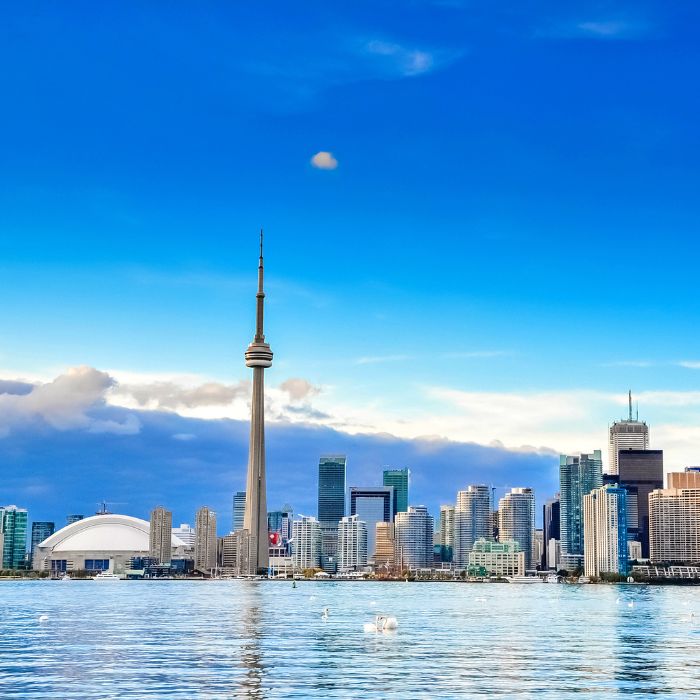Green Skills Series: The Role of Green Skills and Sustainable Talent in Immigration Part 1
August 21, 2024
By: Ana Sofia Walsh, Dominic Dietrich
Humanity is undergoing a “green transition” – developing, adopting and implementing low-carbon technologies and methods to de-carbonise human activity (commercial or otherwise).
Navigating the effects of climate change necessitates this shift. However, there is currently a large, and growing, shortage of workers with the relevant green skills necessary for this transition.
Governments are realising that immigration and mobility – as part of a broader, multi-method policy toolkit – may help address such labour shortfalls. Employers are encouraged to ensure they are well-placed to engage with such opportunities as they arise.
The first part of this blog series will explore green skills – what they are, their current shortage and the role of immigration in helping address such shortages. The second instalment will cover challenges associated with securing talent as well as actions employers can take as they look ahead.
What are green skills?
There is no universally agreed definition of green skills. According to Economist Impact, it is the “knowledge, abilities, values and attitudes that are needed to support sustainable and resource-efficient business operations as companies focus on reducing their carbon footprint.”
The European Union, meanwhile, has defined it as “those skills needed to adapt products, services and processes to climate change and the related environmental requirements and regulations.”
Despite definitional differences, green skills are often linked to areas like science, engineering, operations management and monitoring. This is because the green transition requires creating new technologies (science and engineering); using, installing and maintaining such technologies (engineering); managing green projects (operations) and assessing the environmental compliance and value-adds of an operation (monitoring).
Accordingly, in lieu of a confined definition of green skills, many commentators and governments focus instead on whether certain roles provide green transition dividends. An obvious example would be workers who develop, install, project manage and monitor environmentally friendly power-generation technologies and projects, including solar and wind farms, bioenergy solutions or hydropower plants.
Of course, the range of green roles is broader than such paragon examples. Think of the analyst who ensures transport networks are moving towards a greener future through achieving more efficient movement; or the accountant who audits a company’s carbon footprint. Nonetheless, a focus on the environmental value-add of a role helps to clarify whether green skills are engaged.
Importantly, many workers already have relevant green skills regardless of whether they have ever studied or worked in this sector. This includes employees in what is known as the brown sector – that is, carbon-heavy industries and fields. Building and running a coal power plant or a wind farm often require similar skills.
Green skills shortage
Definitional nuances notwithstanding, there is little debate that there is a current, and growing, shortage of green skills. For example:
- Boston Consulting Group expects that by 2030 the green skills gap will have risen to 7 million (being particularly pronounced in solar, wind, and biofuels).
- The European Union has noted a doubling of labour shortages between 2015 and 2021 in key green transition sectors. By some estimates, the EU’s battery sector needs 800,000 additional workers by 2025 to meet current targets; while the EU’s current plans for installing heat pumps need an additional 500,000 workers by 2030.
- The United Kingdom is hoping to have at least 27,000 heat pump engineers by 2028; it currently has 3,000. While to meet current targets, the UK offshore wind industry will need to triple its workforce by 2030.
Problematically, current labour supply trends suggest that such shortages are unlikely to be resolved any time soon. A 2023 International Energy Agency analysis noted that certificate conferrals in the energy sector (for instance, electricians and heating technicians) have flatlined in the European Union and the United States, and fallen in China. Such shortfalls are then worsened by the fact a sizeable portion of the workforce in certain critical industries (for instance, the electricity sector) is approaching retirement.
Amid such pronounced labour shortages, green transition projects are already facing delays (and even negative investment decisions): whether it is solar ventures in Australia, heat pump installation in the United Kingdom or wind turbine efforts in the United States.
Immigration and green skills pathways
In addressing labour shortages, immigration and mobility provides an important policy lever. Governments may look to address the green skills shortage in a variety of ways:
- Standard immigration pathways. Ensuring standard immigration pathways are designed to be open and attractive to green skilled talent. This may involve either creating new green skilled focused permits; or, alternatively, ensuring the scope of existing work visa and permit regimes is sufficiently broad, streamlined and competitive to attract necessary talent.
- Engaging already present talent. This may involve allowing, or streamlining, in-country applications for work permits in green skills-related sectors or roles, as well as relaxing any relevant change-of-employer rules for foreign nationals. Additionally, certain work permits could also be automatically expanded to encompass green skills-related sectors or roles – in-country foreign talent would thus not need to make further applications to begin working in the green sector. Governments may also look to regularise irregular migrant populations to tap into their vast and latent capacity.
- Skills mobility pathways (SMPs). Establishing bespoke immigration pathways with one or multiple origin countries, with a focus on a few key skills or sectors. These schemes often involve training talent in the country of origin and then arranging often temporary (though occasionally permanent) migration of some, or all, of the trained cohort to the country of destination.
- Youth mobility schemes. Establishing youth mobility schemes – bilateral arrangements which provide reciprocal opportunities for young adults (generally ages 18 to 30 or 35) of one country to live, work and study in another country, and vice versa. These schemes could be designed to be particularly accessible or attractive to individuals with ‘green skills’ relevant experience or qualifications.
Need to know more?
For questions or support regarding green skills and immigration, please contact Director Ana Sofia Walsh at [email protected] or Lead Analyst Dominic Dietrich at [email protected].
Stay tuned for the release of Part 2 in this blog series, which will focus on challenges associated with securing talent and actions employers can take, to be published in the coming weeks.
This blog was published on 21 August 2024, and due to the circumstances, there are frequent changes. To keep up to date with all the latest updates on global immigration, please subscribe to our alerts and follow us on LinkedIn, X, Facebook and Instagram.















